A look back at all of the match-ups between the Buccaneers and the Cardinals.

Sep. 18 2016, L 7 - 40
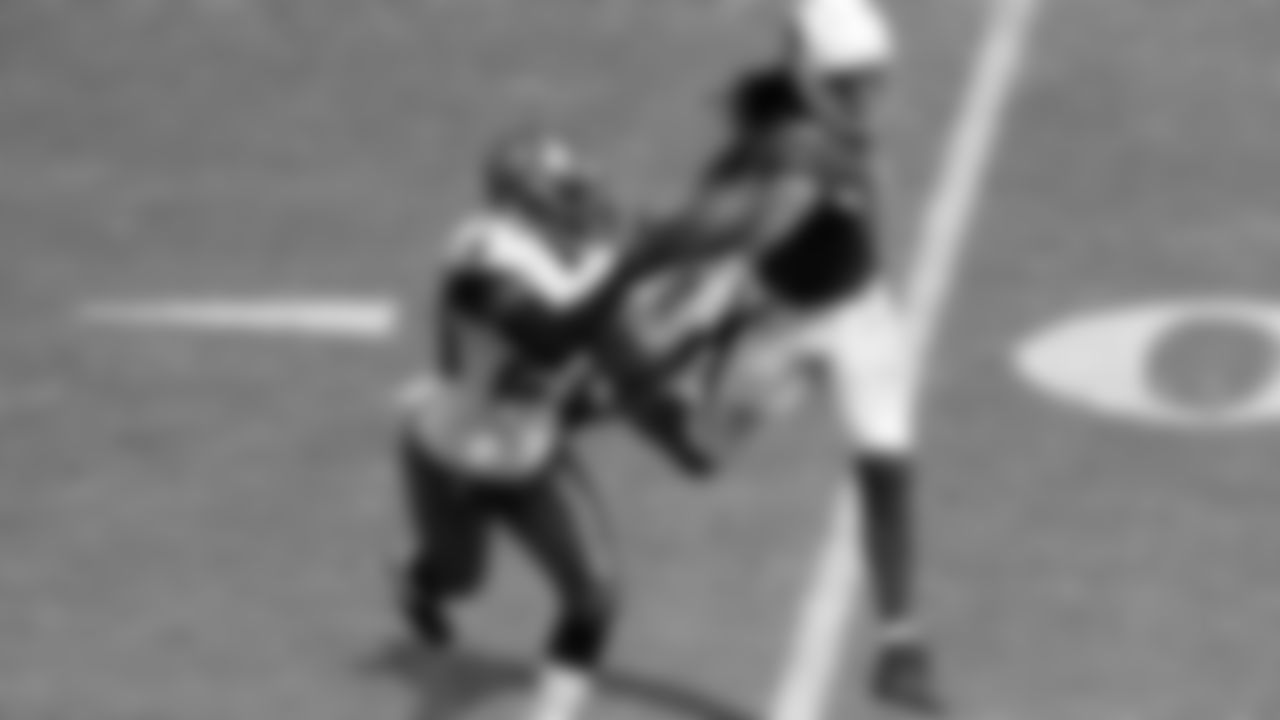
Sep. 29 2013, L 10 - 13

Oct. 31 2010, W 35 - 38

Nov. 4 2007, W 17 - 10

Jan. 2 2005, L 12 - 7

Sep. 28 1997, W 19 - 18

Oct. 20 1996, L 13 - 9

Dec. 27 1992, W 3 - 7

Sep. 6 1992, W 23 - 7

Nov. 26 1989, W 13 - 14

Sep. 18 1988, L 24 - 30

Dec. 20 1987, L 14 - 31

Nov. 10 1985, W 16 - 0

Oct. 16 1983, L 27 - 34

Sep. 27 1981, W 20 - 10

Dec. 18 1977, W 17 - 7Not Pictured:Nov. 8 1987, L 31 - 28Dec. 21 1986, L 21 - 17Oct. 12 1986, L 19 - 30
On Sunday, the 2-2 Tampa Bay Buccaneers will play their second road game of the 2017 season, making a trip to Glendale, Arizona to take on the Cardinals (2-3) for a second season in a row. It will be the 20th meeting between the two teams and a chance for the Buccaneers to forge a tie in the all-time series (more on the Bucs-Cardinals series history). Arizona has alternated losses and wins throughout the first five weeks of the season but comes into Week Six just a game out of first place in the NFC West. The Cardinals also just traded for Adrian Peterson, the NFL's second-leading active career rusher behind Frank Gore.
For their own part, the Buccaneers are trying to keep pace in a top-heavy division that features the 4-1 Carolina Panthers and the 3-1 Atlanta Falcons. To do so, they will need to keep up the intense pressure that quarterback Carson Palmer has faced this season and try to limit the big plays that Chandler Jones and Patrick Peterson can provide on defense for the Cardinals. Here's a closer look at the challenges the Buccaneers will face on Sunday when they take on the Cardinals at University of Phoenix Stadium.
HEAD COACH

Bruce Arians coached 19 years in the NFL (and another 18 at the college level) before landing his first head coaching job, and he tasted almost nothing but success along the way. In those 19 years, with six teams, Arians helped coach his team to a winning record 15 times and to a spot in the playoffs 13 times. It's no surprise, then, that the Cardinals have done a lot of winning since he took over in 2013.
Arians actually guided an NFL team for the first time in 2011, when he served as the interim coach in Indianapolis while Chuck Pagano was being treated for leukemia. After the Colts went 9-3 under his watch and made the playoffs with an 11-5 record, Arizona came calling. Over Arians' first four seasons at the helm (2013-16), the Cardinals went 41-21-1 in the regular season, a .648 winning percentage that trailed only those of New England, Denver, Seattle and Kansas City in that span. After a 10-6 debut season that was not good enough to qualify for the postseason, the Cardinals went to the playoffs in consecutive seasons in 2014 and 2015 for the first time since 2008-09. In 2015, Arizona set a franchise record with 13 regular-season wins and advanced to the NFC Championship Game for just the second time. With the 2-3 start to this season, the Cardinals are 43-24-1 under Arians.
Pictures of some of the Cardinals' top players.

QB Carson Palmer

QB Carson Palmer

QB Carson Palmer

LB Chandler Jones

LB Chandler Jones
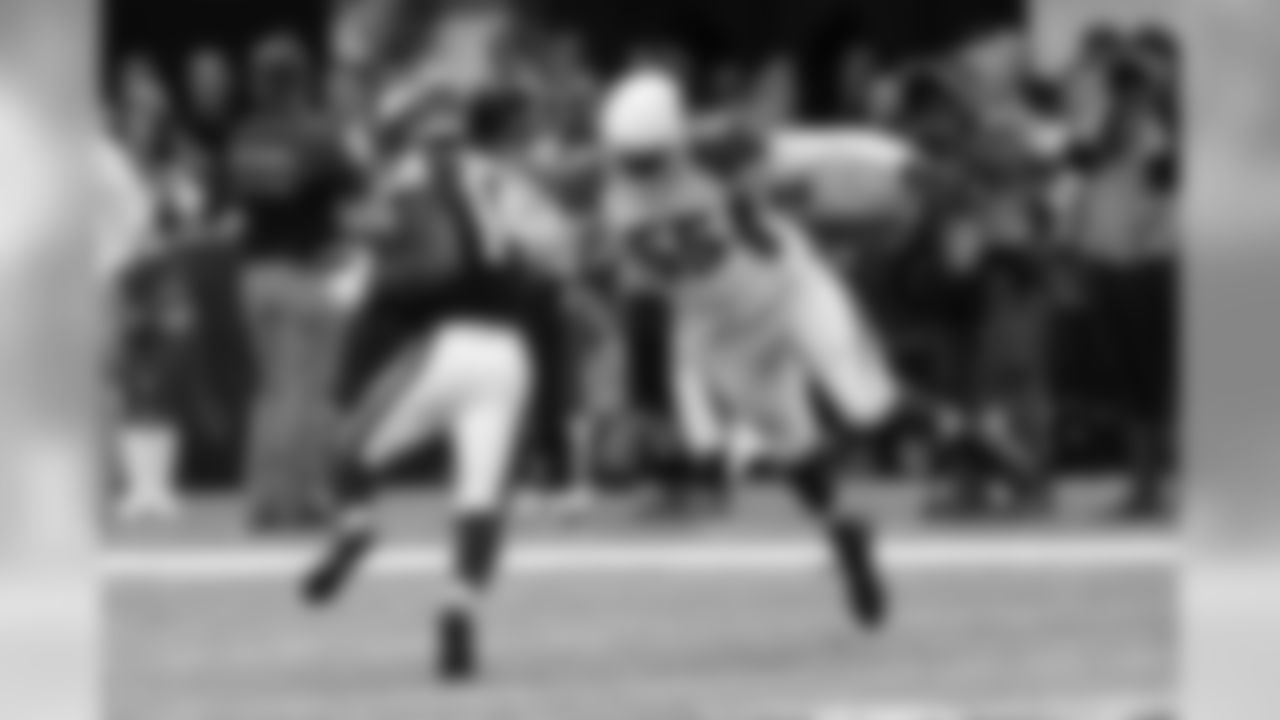
LB Chandler Jones

WR Jaron Brown

WR Jaron Brown

WR Jaron Brown
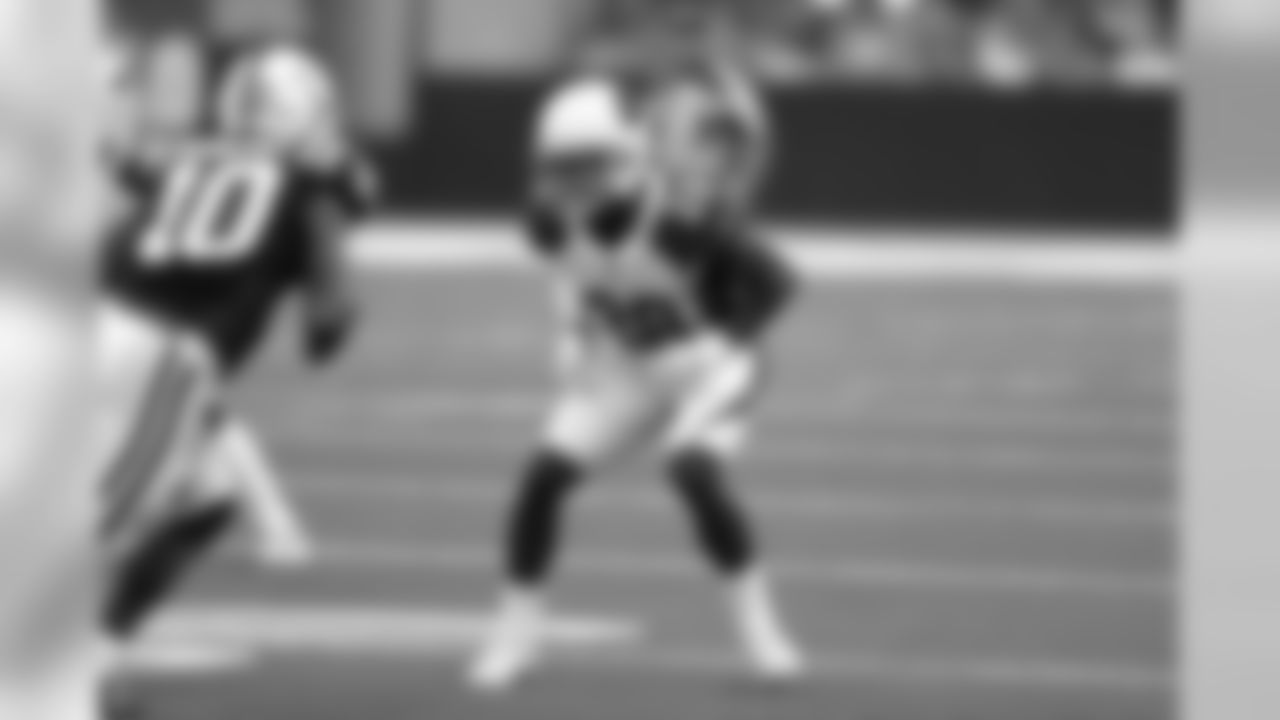
CB Justin Bethel

CB Justin Bethel

CB Justin Bethel

LB Karlos Dansby

LB Karlos Dansby

LB Karlos Dansby

WR Larry Fitzgerald

WR Larry Fitzgerald

WR Larry Fitzgerald

CB Patrick Peterson

CB Patrick Peterson

CB Patrick Peterson

S Tyrann Mathieu
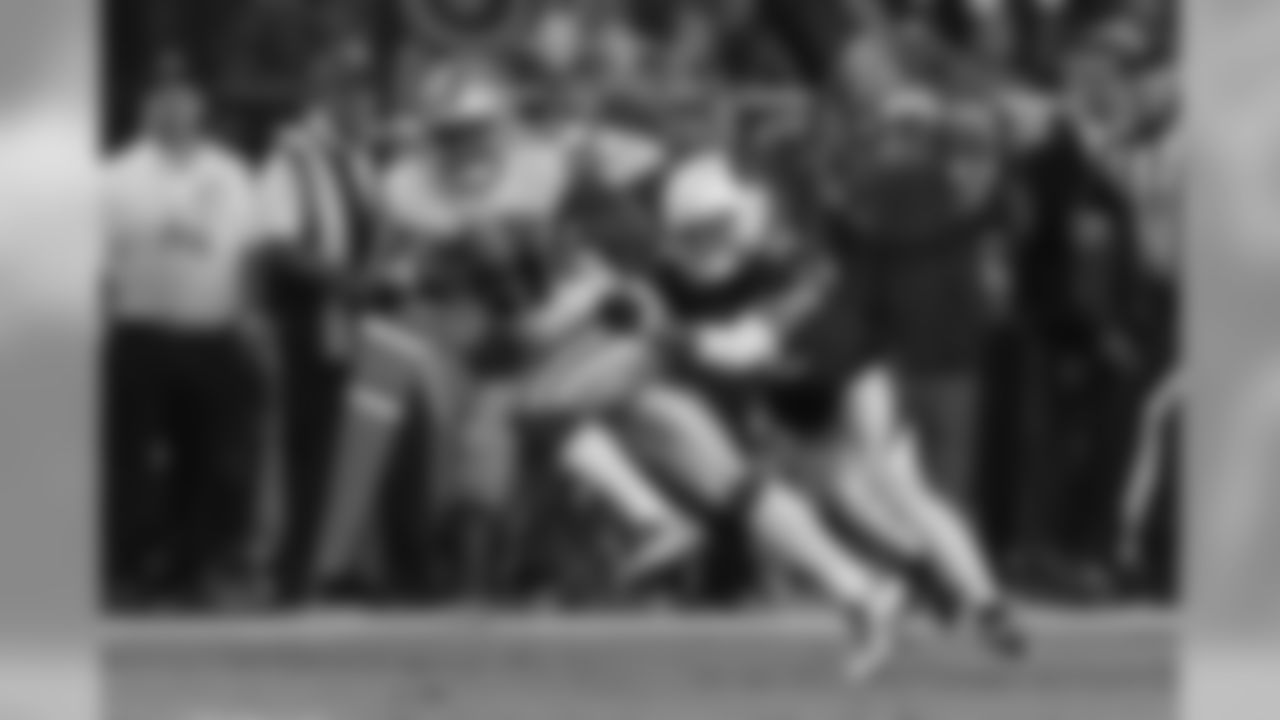
S Tyrann Mathieu

S Tyrann Mathieu

S Tyvon Branch
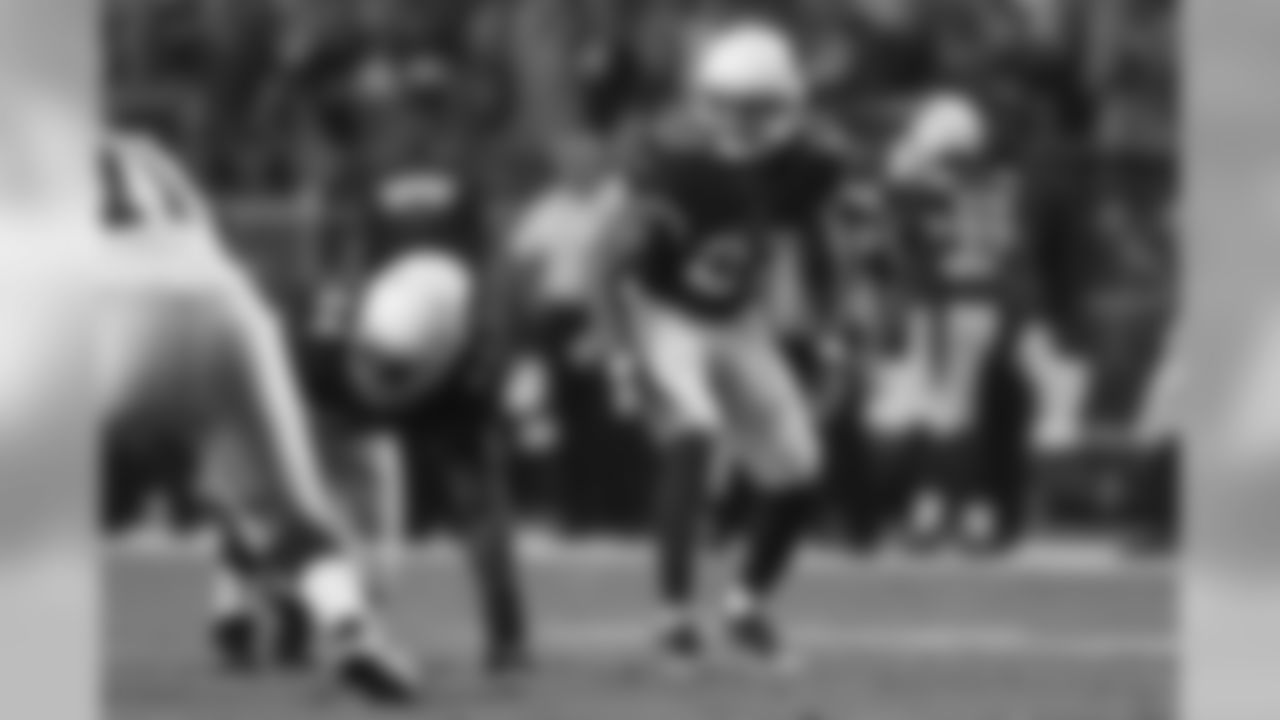
S Tyvon Branch

S Tyvon Branch

RB Adrian Peterson

RB Adrian Peterson

RB Adrian Peterson
A wishbone quarterback at Virginia Tech in the '70s, Arians started his coaching career as a graduate assistant at his alma mater in 1975. After stops at Mississippi State and Alabama, he got his first head coaching opportunity at Temple in 1983. After six seasons with the Owls, Arians made the leap to the NFL with the Kansas City Chiefs in 1989, serving as the running backs coach for four seasons on a Marty Schottenheimer staff that also included future NFL head coaches Bill Cowher and Tony Dungy.
Return trips to Mississippi State and Alabama followed, as did a single year (1996) as the New Orleans Saints' tight ends coach, before Arians went back to the NFL for good as the quarterbacks coach at Indianapolis. His arrival happened to coincide with the draft selection of Peyton Manning, and Arians spent three years helping the young quarterback develop into a future MVP. That helped Arians land a coordinator position in Cleveland (2001-03) and later Pittsburgh (2007-11). He won a Super Bowl ring after the 2008 season when the Steelers coincidentally beat the Cardinals in Super Bowl XLIII.
Arians is a strong motivator who is very good at connecting with his players, even if he is brutally honest and hard on them on the practice field. He is considered an aggressive in-game manager.
OFFENSE

During their run to the NFC Championship Game in 2015, the Cardinals had perhaps the NFL's best offense, ranking first in yards and second in points. Those numbers dropped a bit last year but the Cardinals still ranked in the top 10 in both, ninth in yards and sixth in points. This year, those rankings have dropped 14th in yards and 29th in points, and there are some pretty obvious reasons as to why.
The first, of course, was the Week One injury to do-everything running back David Johnson that forced him to injured reserve. A first-team All-Pro in 2016, Johnson has been the key to the Arizona attack since he took over as the primary back in December of his 2015 rookie season. From December of that year through the end of last season, Johnson led the NFL in rushing yards (1,681) and scrimmage yards (2,776), averaging an incredible 132.2 yards from scrimmage per game. That kind of production is nearly impossible to replace.
And, indeed, the Cardinals have struggled on the ground in Johnson's absence. Arizona's 51.8 rushing yards per game ranks last in the NFL and was clearly the impetus for an eye-opening trade early this week. The Cardinals shipped a 2018 draft pick to the Saints to acquire Peterson, who had been limited to just 27 carries in four games while in New Orleans. The Cardinals obviously hope that Peterson can regain the 2015 form that saw him lead the league with 1,485 rushing yards and average 4.5 yards per tote.
Arizona's leading rusher so far is Chris Johnson, another veteran with some glorious seasons in his past. However, Johnson was released when the team signed Peterson, who has been immediately installed as the top back on the team's depth chart. Running back Andre Ellington has picked up a lot of the slack for David Johnson in the passing game, ranking second on the team with 28 receptions for 257 yards.
The Cardinals will be looking for some big plays out of Peterson on the ground. Overall, Arizona's rushing attack has produced just four carries of 10 or more yards (last in the NFL) and none of 20 or more. The Cardinals are also last in the league in percentage of first-down runs that gain at least four yards, at 31.0%. Not surprisingly, Arizona is also the least likely team to run the ball on first-and-10 this year.
Arizona's passing attack has been much more productive, averaging 289.0 yards per game to rank second in the NFL. Palmer continues to sling it in his 14th NFL season – he has six touchdown passes and has helped four different Cardinals ring up 244 or more receiving yards. The downside has been turnovers – Palmer's five interceptions are tied for the fifth-highest total in the league – and protection problems that have seen him sacked 19 times, tied for most in the NFL. Palmer has done well when he's had time to look down the field. The Cardinals have 22 completions of 20-plus yards through just five games, which is tied for third-best in the league. When Palmer throws the ball at least 20 yards in the air, he has a passer rating of 111.9; the league average is 92.8.
Palmer's favorite target, unsurprisingly, has been the ageless Larry Fitzgerald, who has 32 catches for 327 yards and two catches, tying for third in the league in receptions. A 14th-year veteran like Palmer, Fitzgerald has nearly 15,000 career receiving yards and still owns one of the finest pair of hands in the NFL. He's also a noted clutch performer, routinely coming up with the big plays that his team needs in crunch time.
Behind Fitzgerald, the Cardinals have a very deep receiving corps, with J.J. Nelson, Jaron Brown and John Brown all capable of having big days. When the Cardinals rolled over the Bucs in Tampa Bay's visit to Glendale last year, it was Jaron Brown who turned in the game's biggest offensive play, a 51-yard touchdown catch. However, it may be Nelson that's emerging as the Cardinals' big-play threat; he leads the team this year with a 16.3-yard per-catch average, and his career mark in that category is 18.5. Nelson has 10 touchdowns in just 62 career receptions.
As noted, however, Palmer hasn't always had time to find this wide array of pass-catchers. Arizona's offensive line has had some struggles, a good portion of them surprisingly coming from tackle Jared Veldheer. In the offseason, the Cardinals chose to put 2015 first-round pick D.J. Humphries at left tackle, moving Veldheer to the right side for the first time in his career. Complicating matters has been a Week One knee injury to Humphries that has forced John Wetzel into the starting lineup at left tackle. A 2013 undrafted free agent, Wetzel made his first eight NFL starts last season.
Arizona's third-down efficiency (37.2%) ranks 21st in the league and certainly hasn't been helped by problems consistently gaining yards on first down. The Cardinals' offense faces an average of 9.08 yards to go on second down, the worst mark in the league. Arizona is actually middle of the pack in terms of converting third downs from most distance ranges but has struggled on medium-range tries of four to six yards. The league average in that instance is 46.3; the Cardinals are at 27.8 Red zone problems haven't helped put points on the board, either. Arizona's red zone touchdown efficiency of 25.0% is last in the league.
DEFENSE

Arizona owns a defense loaded with impact players at every level and is currently ranked right in the middle of the league (15th) in yards allowed per game (326.0). However, the Cardinals are also allowing 25.0 points per game, sixth most in the NFL. That discrepancy can be blamed in part due to the common culprit in such situations: Turnovers by the offense. Opposing teams have seven takeaways, which is not an uncommonly high number through five games, but one of those was returned for a touchdown and several have led to good field position for the opposition (as has three punt returns of 20-plus yards allowed). Arizona ranks 26th in average opponent starting drive position and last in "quick-strike" drives (drives that result in points in four or fewer plays.
All of which suggests that the Cardinals' defense has the capability of being much stingier in any given game, particularly if edge rusher Chandler Jones keeps terrorizing opposing left tackles. Arizona's 10 sacks only rank 19th in the league, but Jones is responsible for half of them. The Cardinals got Jones from New England in a trade last year and, after watching him fulfill expectations with an 11-sack season, signed him to a new five-year deal. Since the start of the 2013 season, Jones ranks fourth in the NFL with 46.0 sacks.
Jones plays the SAM linebacker position in Arizona's 3-4 front. The Cardinals' other edge rusher, Markus Golden, was lost to a knee injury in Week Four, a big blow to the Arizona defense as Golden led the team with 12.5 sacks a year ago. Kareem Martin takes his spot on the depth chart but the Cardinals could also use rookie inside linebacker Haason Reddick, their first-round pick, on the outside as an edge rusher. Reddick played defensive end at Temple. Fortunately for the Cardinals, they recently got one of their most versatile and impactful defenders, Deone Bucannon, back from injury. Bucannon started his NFL career as a defensive back but has settled into a position that the Cardinals call the "$LB." In just two games since his return, Bucannon has 10 tackles, a pass defensed and a quarterback pressure.
Like Buccanon, safety Tyrann Mathieu is one of the most versatile defenders in the NFL. Listed as the starting strong safety, he can also play in the slot in nickel packages and can rush the passer. He has 23 tackles this year along with three tackles for loss, a sack and an interception. His first pick came in overtime against Indianapolis in Week Two and led to a Cardinal victory.
The Cardinals have one of the most deep and hard-hitting safety corps in the league. In addition to Mathieu, there's Tyvon Branch, the team's leader with 41 tackles plus three tackles for loss, two passes defensed and a forced fumble. Veteran Antoine Bethea, who has 21 career interceptions, is the third safety but he plays extensively and has started two games already, even though neither Mathieu or Branch has missed a start. At some point, the Cardinals may also get rookie Budda Baker, a second-round pick, into the safety mix as well. For now, Baker is excelling on special teams, with seven kick-coverage stops already.
The Cardinals are strong at cornerback, too, especially with six-time Pro Bowler Patrick Peterson roaming one side. At 27, Peterson is still very much in his prime and the type of corner that can cause a quarterback to stay away from his side, which may be happening this year as he has just 10 tackles and three passes defensed so far. At 6-1 and 203 pounds, he's also an excellent matchup for the Bucs' 6-5 playmaking receiver, Mike Evans. Peterson has three interceptions in just two career games against the Buccaneers. If Jameis Winston does try to avoid Peterson, he still has to deal with Justin Bethel, who already has four passes defensed and one interception.
Arizona's talented secondary has done a good job of suppressing big plays, allowing only 11 completions of 20-plus yards, tied for seventh-lowest in the NFL. Part of that has to do with good tackling – the Cardinals have allowed the sixth-lowest among of yards-after-catch (YAC) so far this year. And when opposing passers try to air it out the coverage has been good downfield. The Cardinals' passer rating allowed on such occasions is 79.2, 13th-best in the league.
SPECIAL TEAMS

The Cardinals have a brand-new kicking duo in 2017, though it happens to be the exact same kicker-punter pairing the 49ers employed in 2014.
The first move Arizona made was back in March, when they chose not to bring back Chandler Catanzaro and instead signed 42-year-old kicker Phil Dawson. Then, after letting Matt Wile and Richie Leone battle it out for the punting job in the preseason, the Cardinals decided instead to sign veteran Andy Lee right before the start of the regular season.
So far, the results have been mixed. Dawson, who was 42 of 48 on field goals in his last two years in San Francisco, has made nine of 13 so far as a Cardinal. His four misses include one from 32 yards and one from 36. He has made all six of his extra-point tries, which are now the equivalent of a 33-yard field goal. Whether by design or by the length of Dawson's kicks, Arizona has only registered a touchback on 50.0 of their kickoffs, tied for 26th in the NFL.
Lee, who ranks ninth in NFL history with a gross punting average of 46.4 yards per boot, has a 47.4-yard average so far this year, although his net of 37.9 ranks 29th in the league. The Cardinals' punt coverage may be somewhat at fault for that, as opposing returners have averaged 14.7 yards per attempt.
The Cardinals haven't gotten much out of their own return game. The punt returners, led by Kerwynn Williams (Peterson occasionally fills in) have averaged 3.2 yards on nine returns while calling 12 fair catches. Williams has taken all the kickoff returns and has a 19.5-yard average. The Cardinals' rank 30th in average starting position following a kickoff.























